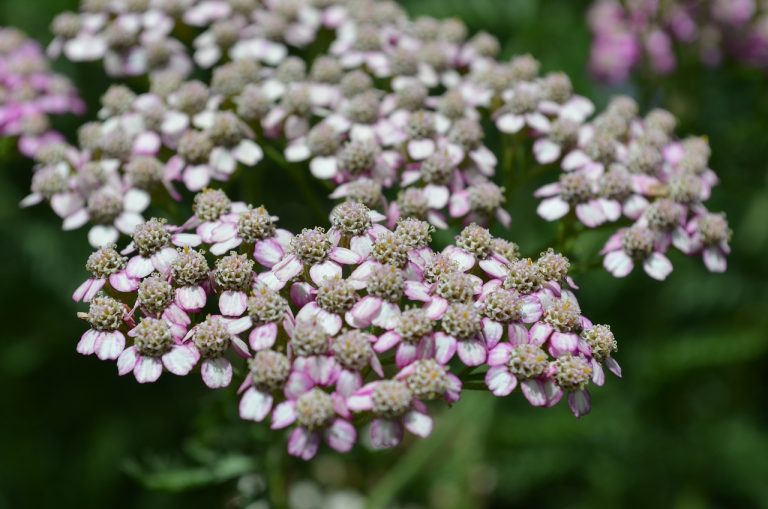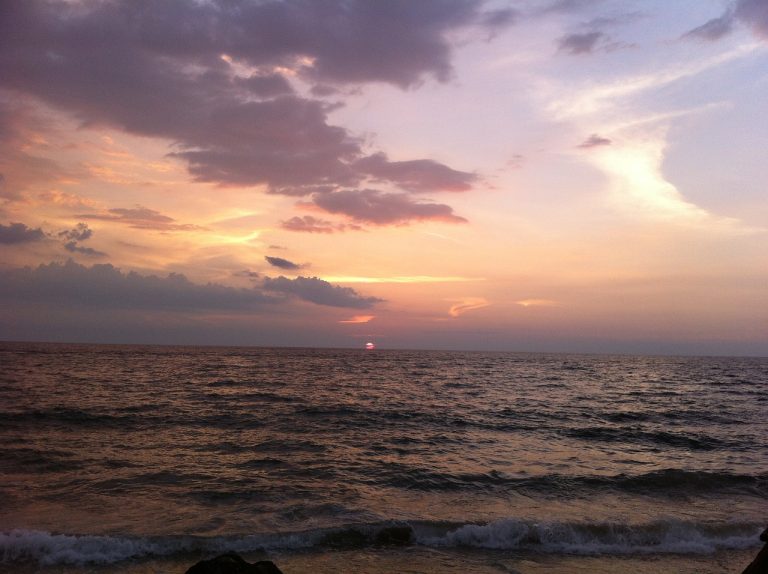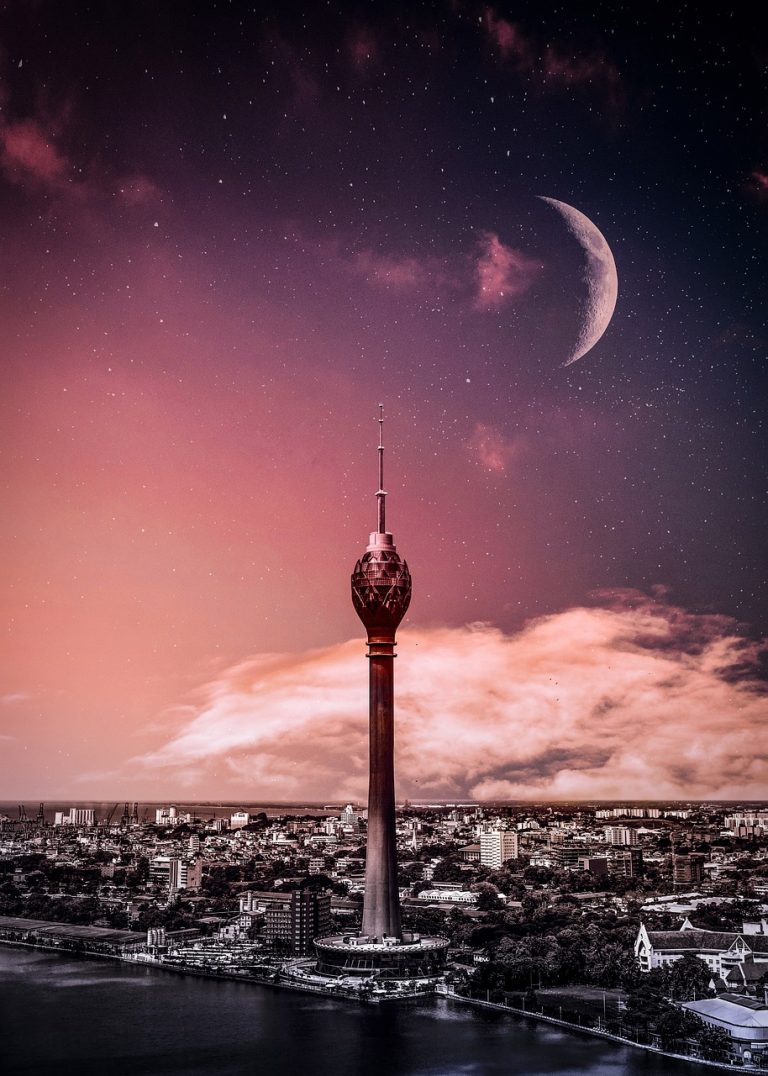Colombo Sri Lanka Video
The Lotus Tower
The Lotus Tower is a prominent architectural wonder in Colombo, Sri Lanka. Standing at a height of 356 meters, it is the tallest self-supported structure in South Asia. Completed in 2019, the tower serves as a telecommunications and observation tower, offering breathtaking panoramic views of the city. The design of the tower is inspired by the lotus flower, a symbol of purity and enlightenment in Buddhism.
- Height: 356 meters
- Telecommunications: The tower houses broadcasting, television, and radio communication facilities.
- Observation Deck: Visitors can enjoy panoramic views of Colombo from the observation deck.
The Lotus Tower stands tall at 356 meters, making it an iconic landmark in Colombo.
It serves as a hub for telecommunications, providing essential services for the region.
The tower offers a stunning 360-degree view of the city, allowing visitors to capture memorable moments.
Colombo Sri Lanka Image 1: 
The Old Parliament Building
The Old Parliament Building, located in the heart of Colombo, is a magnificent architectural gem. Originally constructed in the late 1920s, it served as the seat of the Parliament of Sri Lanka until 1983. The building showcases neo-baroque style, influenced by British colonial architecture. Today, it is a popular tourist attraction and houses the Presidential Secretariat.
- Neo-Baroque Architecture: The building reflects the grandeur of British colonial architecture.
- Presidential Secretariat: The building now serves as the official workplace of the President of Sri Lanka.
- Tourist Attraction: Visitors can explore the historic halls and learn about Sri Lanka’s political history.
The intricate details and ornate design of the Old Parliament Building make it a visual delight.
The Presidential Secretariat is responsible for coordinating and implementing government policies.
The Old Parliament Building is a must-visit destination for history enthusiasts and architecture lovers.
The National Museum of Colombo
The National Museum of Colombo is the largest museum in Sri Lanka, showcasing a diverse collection of artifacts that highlight the country’s rich cultural heritage. Established in 1877, the museum is housed in a stunning colonial-era building. It offers visitors a fascinating journey through Sri Lanka’s history, art, and archaeology.
- Historical Artifacts: The museum displays a vast collection of historical artifacts, including ancient sculptures, paintings, and jewelry.
- Buddhist Art: The museum houses a significant collection of Buddhist art, including statues and paintings.
- Archaeological Gallery: The museum’s archaeological gallery showcases artifacts from various archaeological sites across the country.
Visitors can marvel at the intricate craftsmanship and learn about Sri Lanka’s ancient civilizations.
It provides insights into the profound influence of Buddhism on Sri Lankan culture and art.
It offers a glimpse into Sri Lanka’s prehistoric and medieval periods.
Colombo Sri Lanka Image 2: 
Gangaramaya Temple
Gangaramaya Temple is an important Buddhist temple in Colombo, known for its stunning architecture and religious significance. Founded in the late 19th century, the temple complex features a blend of Sri Lankan, Thai, Indian, and Chinese architectural elements. It serves as a center for Buddhist learning and meditation.
- Architectural Diversity: The temple showcases a harmonious fusion of architectural styles from different cultures.
- Bodhi Tree: The temple is home to a sacred Bodhi tree, which is a sapling of the Jaya Sri Maha Bodhi in Anuradhapura.
- Museum and Library: Gangaramaya Temple houses a museum and a library with a vast collection of Buddhist artifacts and scriptures.
Visitors can appreciate the intricate details and vibrant colors that adorn the temple complex.
Worshipers and visitors can pay their respects to this significant religious symbol.
It offers a deeper understanding of Buddhist philosophy and history.
The Independence Memorial Hall
The Independence Memorial Hall is a symbol of Sri Lanka’s independence from British colonial rule. Designed by renowned architect Tom Neville Wynne-Jones, it was inaugurated in 1953. The hall stands in a prominent location in Colombo and serves as a venue for national celebrations and events.
- Architectural Design: The hall showcases a blend of traditional Sri Lankan design elements and modernist influences.
- Statues and Monuments: The surroundings of the hall feature statues and monuments dedicated to national heroes and historic figures.
- National Celebrations: The Independence Memorial Hall is a significant venue for national celebrations, including Independence Day.
The striking architecture pays tribute to Sri Lanka’s cultural heritage and freedom struggle.
Visitors can explore the beautifully landscaped gardens and pay homage to those who fought for independence.
It serves as a gathering place for patriotic events and cultural performances.
Colombo Sri Lanka Image 3: 
Colombo Fort
Colombo Fort is a historic district in Colombo, known for its colonial-era architecture and bustling commercial activities. Originally a fort built by the Portuguese in the 16th century, it later became a strategic trading hub for the Dutch and the British. Today, it houses government offices, financial institutions, and commercial establishments.
- Colonial Architecture: The buildings in Colombo Fort exhibit a mix of architectural styles, including Dutch and British colonial influences.
- Commercial Hub: Colombo Fort is a vibrant business district, housing numerous offices and commercial establishments.
- Historical Landmarks: The district is home to several historical landmarks, including the Old Colombo Lighthouse and the Clock Tower.
Visitors can witness the architectural legacy left by the colonial powers.
The area is bustling with activity, making it a center of economic importance.
Exploring these landmarks allows visitors to delve into the area’s rich history.
The Jami Ul-Alfar Mosque
The Jami Ul-Alfar Mosque, also known as the Red Mosque, is a striking architectural marvel in Colombo. Built in 1909, it features vibrant red and white brickwork and stands out amidst the cityscape. The mosque serves as an important place of worship for the Muslim community in Colombo.
- Unique Architecture: The mosque’s distinctive red and white brickwork, along with its minarets and domes, make it a visually captivating structure.
- Religious Significance: The Jami Ul-Alfar Mosque is a significant religious site for the Muslim community in Colombo.
- Cultural Heritage: The mosque represents the vibrant cultural diversity of Colombo and its Islamic community.
It stands as a testament to the rich Islamic architectural heritage.
Worshipers gather here for daily prayers and special religious occasions.
It serves as a symbol of unity and religious harmony in the city.
Beira Lake
Beira Lake is a scenic lake located in the heart of Colombo, offering respite from the bustling city life. Spanning an area of 65 hectares, it is surrounded by lush greenery and serves as a recreational space for both locals and tourists.
- Boat Rides: Visitors can enjoy leisurely boat rides on the tranquil waters of Beira Lake.
- Seema Malaka: Seema Malaka, a floating temple located on the lake, is a popular attraction.
- Walking Trails: The lake is surrounded by walking trails, perfect for a leisurely stroll amidst nature.
It provides a unique perspective of the cityscape and allows for a peaceful retreat.
It offers a serene environment for meditation and spiritual contemplation.
It provides an escape from the urban chaos, allowing visitors to reconnect with nature.
Galle Face Green
Galle Face Green is a vast oceanfront urban park in Colombo, stretching along the coast for about 500 meters. It is a popular gathering spot for locals and visitors alike, offering stunning views of the Indian Ocean and providing a space for various recreational activities.
- Picnics and Leisure: Galle Face Green is an ideal spot for picnics, family outings, and leisurely walks.
- Kite Flying: The park is known for its kite flying culture, especially during weekends and holidays.
- Street Food: Food stalls and vendors line the promenade, offering a variety of local snacks and delicacies.
Visitors can relax on the grassy lawns and enjoy the refreshing ocean breeze.
Colorful kites fill the sky, creating a vibrant and festive atmosphere.
Visitors can indulge in Sri Lankan street food while enjoying the scenic views.
Conclusion
Colombo, Sri Lanka, is home to a remarkable array of architectural wonders that showcase the city’s rich history, cultural diversity, and modern development. From towering telecommunications towers to historic colonial buildings, each structure tells a unique story. The Lotus Tower, the Old Parliament Building, the National Museum of Colombo, Gangaramaya Temple, the Independence Memorial Hall, and other iconic landmarks contribute to the city’s vibrant character. Visitors can explore these architectural marvels, immerse themselves in the cultural heritage, and witness the harmonious blend of tradition and modernity.
References
- lotustower.lk
- parliament.lk
- museum.gov.lk
- gangaramaya.com
- independencememorial.lk
- srimahabodhi.org
- colombofort.lk
- jamialfar.org
- beiralake.lk
- gallefacegreen.lk






